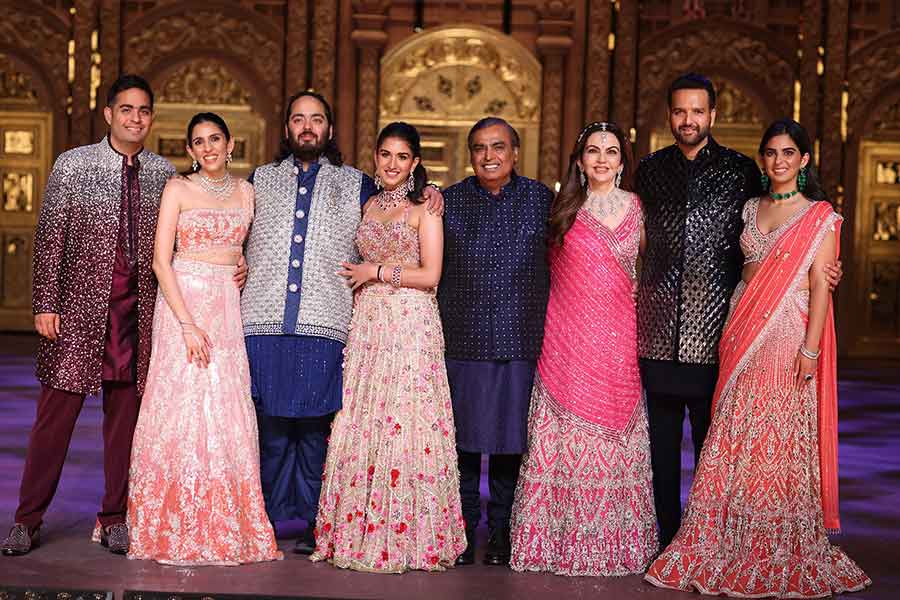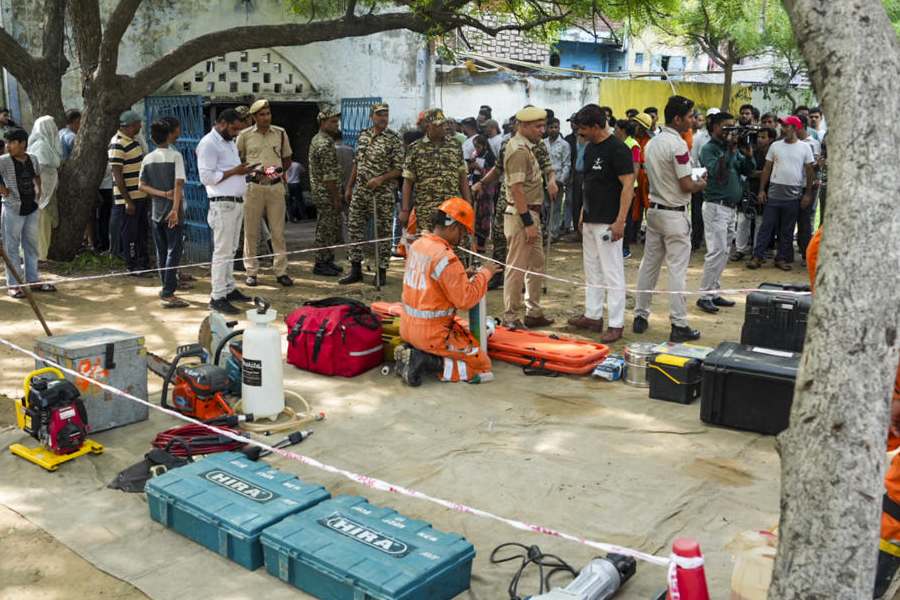The presidential elections in Sri Lanka are done and dusted and the parliamentary elections have been announced for November 14, 2024. Over the next few months, I am certain that the status and the rights of the Tamils will once again do the rounds. In my state of Tamil Nadu, Tamil nationalists will raise the pitch. For most observers from India and other parts of the world, the phrase, ‘Sri Lankan Tamil’, has just one meaning and all imageries are associated with that. ‘Sri Lankan Tamil’ refers to Jaffna Tamils, the three-decade-long civil war, and the larger-than-life personality of the LTTE chief, Velupillai Prabhakaran. Because of the bloody and long-drawn battle between the Sinhala-dominated South and the Tamil-majority North and East, the people who do not fit into this narrative have been ignored or forgotten. Sri Lanka is one of those countries where ethnic and religious identities do not always overlap comfortably, confusing outsiders and making it difficult for them to navigate social categories. Hindus are a religious category but not an ethnic collective. Tamil is an ethnic group, but Tamil-speaking Muslims do not see themselves as members of that section and identify themselves as a separate ethno-religious group. Within ethnic Tamils too, there exist degrees of separation.
A few months ago, Perumal Murugan, the celebrated Tamil writer, the historian, A.R. Venkatachalapathy, the Tamil publisher, Kannan Sundaram, and I made another trip to Sri Lanka, spending time in Colombo and in Sri Lanka’s climatically-favoured ‘hill country’. After a discussion at the Peradeniya University, we drove around the tea estates and were invited to meet Tamil writers from these areas. The Tamils in Sri Lanka’s tea estates had been brought in by the British around two hundred years ago. Unlike their Northern counterparts who have been on the island for hundreds of years, these Tamils are newer entrants. They also entered the country as labourers, at the lowest rung in society. Known as the Malaiyaha Tamils or the Tamils of the hills, they remain one of the most neglected communities in Sri Lanka and include sections from oppressed caste groups. I had mentioned them in passing in a previous piece on Sri Lanka. Soon after it gained independence, Sri Lanka passed the Citizenship Act of 1948, which abruptly rendered members of the community Stateless. They struggled for citizenship until 2003. As part of its response and consequent to two pacts with Sri Lanka in 1964 and in 1974, the Indian government agreed to receive some of them back. Those who stayed back in Sri Lanka remain economically and socially marginalised despite significant political and parliamentary representation through the Ceylon Workers’ Congress and the Tamil Progressive Alliance. Many of those who returned to India, too, are still fighting for land rights.
Let me come back to our conversation with the hill country Tamil writers in the town of Hatton near Kandy. Professor Venkatachalapathy opened the conversation with a simple question regarding how they published their writings and what kind of support they needed for that. This led to responses that had historical context and suggested that their voice was not being recognised or heard even within the Tamil literary universe. Two responses remain in my mind. One writer spoke about how it is not possible for them to write books that are only of sophisticated literary value, implying that their work will be drenched in their contemporary politics and realities. He was probably hinting at the fact that some publishers found their writing too real and socially frontal. A younger writer referred to the Malaiyaha Tamil community’s official categorisation as ‘Indian-Origin Tamils’ as a bane. The younger generation wants to discard that baggage. This, he said, did not benefit them in any manner; if anything, it only placed them in no man’s land.
On our ride back from the meeting, we wondered why the writers had not taken the initiative and reached out to those Tamil publishers who welcomed diverse Tamil voices. We probably forgot that ‘initiative’ itself comes from a certain degree of freedom in the mind. Unlike the more socially dominant and traditionally wealthier Tamils of the North, the Malaiyaha Tamils were oppressed in India and have remained in that state in Sri Lanka.
This also reveals the problem of homogenising the marginalised, something that we often indulge in. The more powerful Northern Tamils have come to be seen as the voice and the face of all Tamils in Sri Lanka, especially by those living outside, because they have been historically far more educated and politically assertive. This also helps us take a margined, black-and-white position on the issue. This is as true of those who have fought for the rights of the Jaffna Tamils as it is of those on the other side of the argument. Greyness and clutter are inconveniences for everyone.
These analogous perceptions also depend on the viewer’s position. For example, South Asians exist within the diversity initiative of universities in the United States of America. They are further sub-divided based on specific countries. Perception and accommodation stop at that level. Even here, the dominant nationalities prevail. Going any deeper would only complicate something that is so progressive, clean and wrinkleless. But this has led to the caste-privileged from countries like India taking those seats. And they have continued to occupy those placements in subsequent generations. The South Asian story gets told by a loud Indian voice and the Indian story is a tale told from their societal perch. This leads to a skewed understanding of India, its culture, and the negation of caste-related discrimination faced by the few from marginalised castes who managed to find a foothold in the US.
This conversation on the power inequalities within discriminated communities naturally segues into the debate about the Indian Supreme Court’s nod for sub-classification within scheduled caste reservation. Keeping aside the Supreme Court’s unacceptable observations on the ‘creamy layer’, this specific move needs honest consideration. While some of the larger socio-political apprehensions expressed by commentators from Dalit communities need to be taken into account, the outright rejection of sub-classification is problematic even if it comes from within the Dalit community. For the rest of society, people belonging to the SCs were marginalised and they needed to be socially uplifted. In creating an affirmative action framework to achieve that goal, all those who belonged to this section of society were flatlined as equal. As it always happens, the benefits though accrue only to the more powerful groups within this section. The rest are left behind at different stages. Therefore, a recalibration is a necessity. Some of the arguments against such a move unfortunately sound similar to those made by upper castes opposing reservation.
Some can make the argument that it is impossible for any individual or institution of the State to go into every layer of discrimination. They will stop at the point where their need is met and uncomplicated action can be taken. This decision to not look further is one of convenience and, consequently, insensitive and needs to be critically evaluated. Even if such a trade-off was needed at a certain point in history, it needs to be redrafted periodically. B.R. Ambedkar described caste as “graded inequality”. But I would argue that all inequality is graded. It is these grades that define when we decide to stop looking further and lump all people below the eyeline as the same. I will also make the uncomfortable suggestion that not only is discrimination graded but so are well-intentioned support systems and solutions.
The only way not to remain tunnel-visioned is to be alert to the dangers of categorisation. Sorting and classification require us to ignore differences in order to slot people into fitted classes. These compromises will push some people further down the ladder. Social justice must be within the reach of the very last person. We mustn’t allow the loudest in any section to capture our imagination.
T.M. Krishna is a leading Indian musician and a prominent public intellectual











